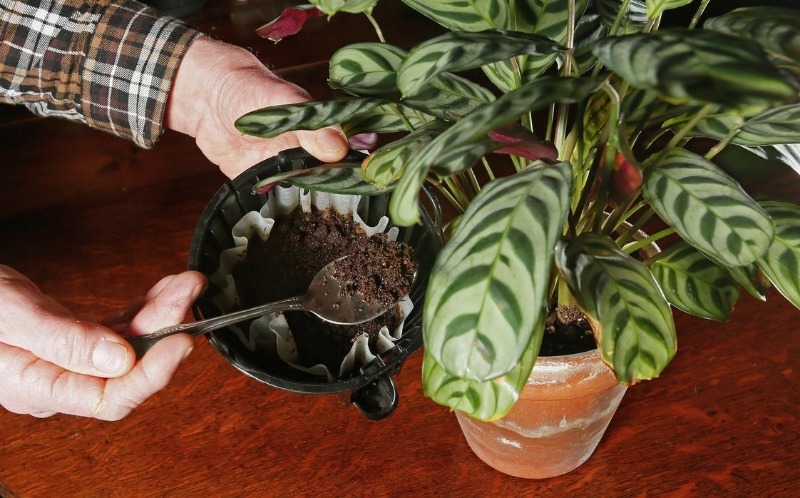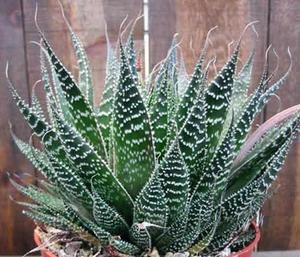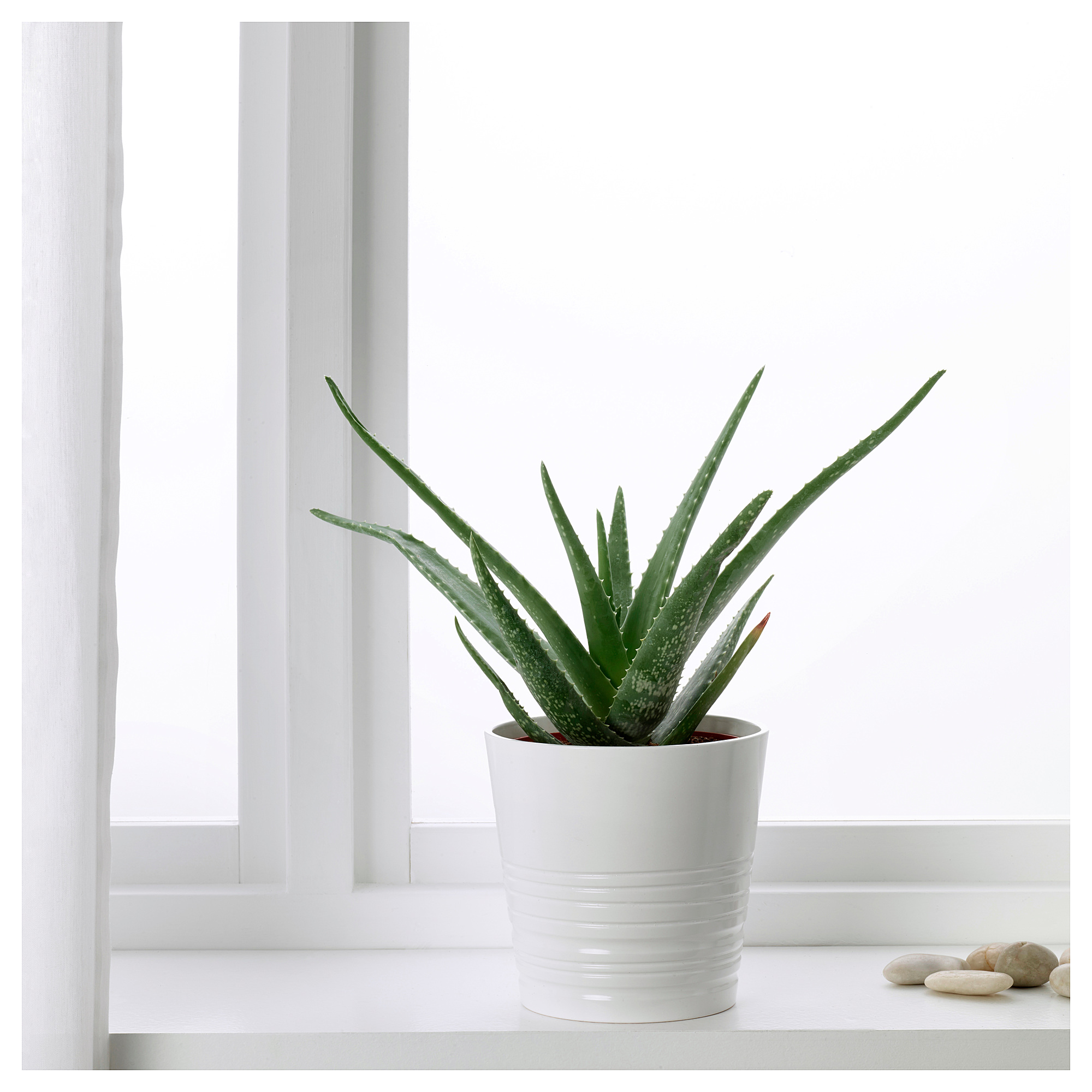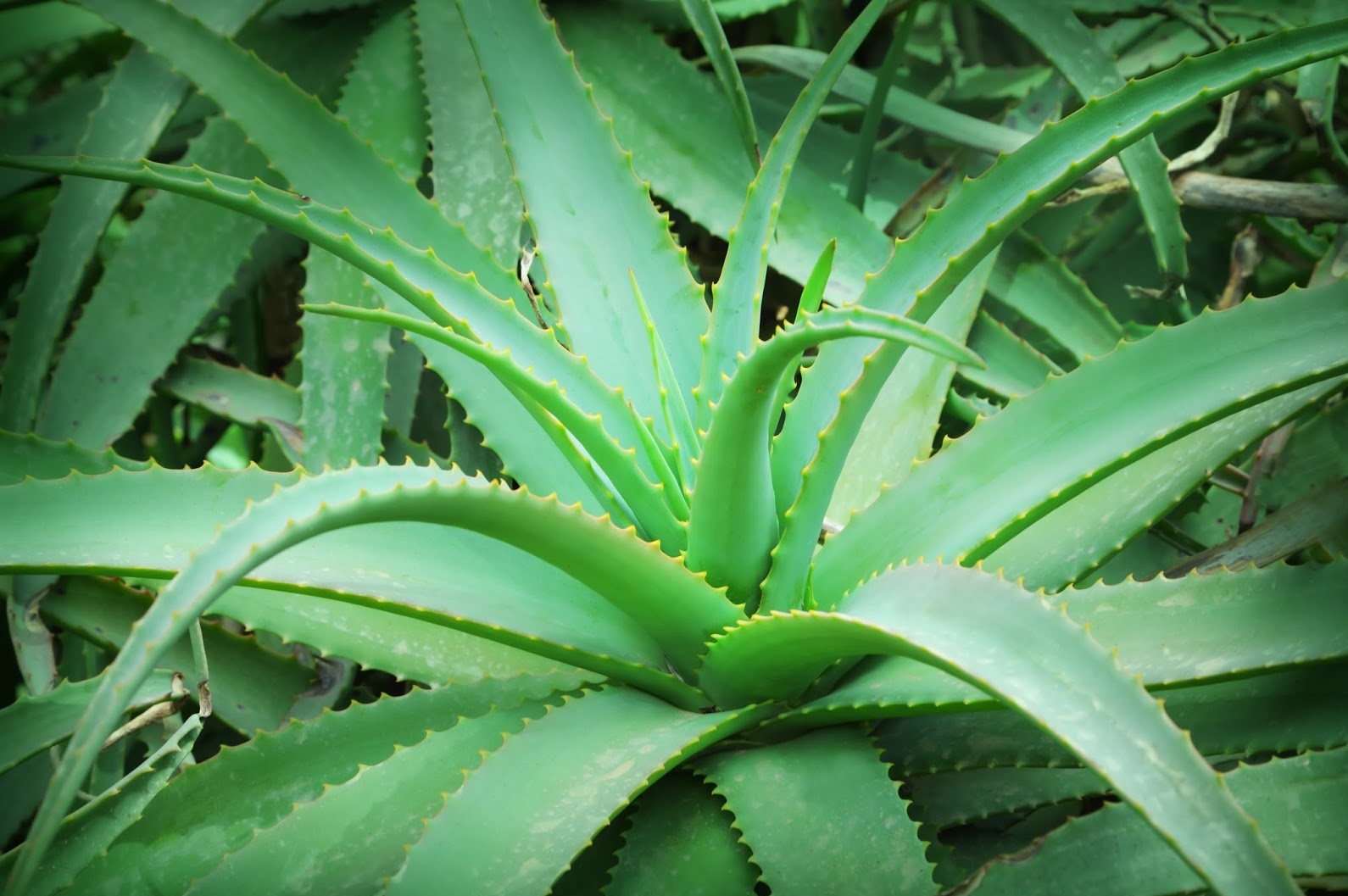For the full life of flowers, proper care is required, including a number of procedures, including feeding. Biological and mineral fertilizers are considered the most effective, but they can be found worthy of replacement using homemade organic products.

Dry yeast and sugar
Yeast is one of the most effective dressings that have a beneficial effect on the root system of plants, stimulating its growth and flowering. The nutrients released by yeast (auxins, B vitamins, phytohormones) promote active plant growth. The hormones contained in the product - cytokinins - regulate cell division and differentiation.
Yeast feeding has a positive effect on the growth of the activity of microorganisms in the soil, due to which organic matter quickly decomposes, releasing useful elements. In this regard, dressings prepared on the basis of yeast are equated to mineral fertilizers.
You can get the nutritional content by following several steps:
- 10 g yeast and 1 tbsp. l. Dissolve granulated sugar in 1 liter of warm water;
- let the solution stand for 2 hours.
When using dry yeast, you need to dissolve 1 g of this product with 1 tsp. sugar in 1 liter of water.
The finished infusion is diluted with water in a 1: 5 ratio. It is recommended to feed indoor plants once every 30 days in the autumn-spring period and once every 10 days in summer and spring.
succinic acid
This substance is obtained as a result of processing natural amber and has a lot of useful microelements. Succinic acid is even used as a dietary supplement. Also proven to be beneficial for home flowers:
- strengthening plant immunity;
- cleansing the soil from toxins and other harmful substances, as well as improving its quality;
- increased chlorophyll content in stems and leaf blades;
- accelerating the formation of buds and flowers.
Succinic acid helps plants to cope with stress after transplanting, promotes rapid recovery from illness and adaptation associated with changing growing conditions.
To prepare top dressing, 1 tablet of succinic acid is diluted in 1 liter of water. Adding the composition to the soil or using it when spraying is permissible no more than once every 30 days.
Banana peel, ground coffee and eggshells
A mixture of these three components nourishes plants and has a positive effect on their health. To prepare the composition, the shell, peel and ground coffee are placed in a blender and whipped well. The resulting mass is laid out in a container with indoor flowers. The result from its use can be seen in a few days.
Fresh zest from fruit
Citrus peels are a popular food supplement. For this purpose, the zest is dried and placed in a container, filling approximately 1/3 of it. Pour boiling water from above to the very neck. The infusion should stand for a day, then it is filtered and diluted with clean water in a ratio of 3: 1. The finished product is used in the watering process.
There is another option for using citrus peel as a top dressing:
- zest is mixed with granulated sugar, poured with warm water and kept for 21 days;
- the resulting composition is filtered, poured into a suitable container and stored in a refrigerator.
Citrus solution is used once every 30 days, diluting 1 tbsp. l.in 1 liter of water. For a more productive result, add banana peels to the zest.
Onion peel
Onion scales contain a lot of substances useful for plants and trace elements. This feeding is applicable to all types of indoor flowers and has the following beneficial effects:
- enhances immunity;
- promotes active growth and development;
- creates protection against pest attacks.
Scales can be simply added to the soil or a decoction can be made from it. For this purpose, 50 g of the onion component is mixed with 2 liters of warm water and brought to a boil over low heat. Then it is boiled for 10 minutes, defended for 3 hours and filtered. The product can be used while spraying or watering.
Tea brewing
This component is more popular among flower growers than coffee grounds. Tea brewing is universal - it is permissible to use top dressing based on it when caring for all types of indoor plants. However, it is undesirable to pour this substance into pots, as it attracts the attention of pests. There are the following options for its application:
- When using tea bags, the threads and labels are removed from them, and then laid out in 1-2 layers at the bottom of the container. The result is high-quality and nutritious drainage.
- Collected in the amount of 10 tbsp. l. the tea leaves are spread in a liter container, poured with warm water to the very top, mixed and insisted for 4-5 hours. The finished liquid is filtered and used in the irrigation process.
After feeding the plant with tea leaves, it is recommended not to water it for 2 days.
Aloe leaf juice
For the preparation of fertilizer, plant leaves should be used from the age of 4 years, since they contain more useful elements. From aloe, you can get compounds with various purposes.
Recipe for feeding to stimulate growth:
- cut off the lowest leaves of the aloe, put a plastic bag and place in the refrigerator for 7 days;
- after the due date, grind the component with a meat grinder or blender;
- squeezed and strained aloe juice mixed with water in a ratio of 1 tsp. for 1.5 liters of liquid.
The resulting fertilizer should be used 1-2 times a week when watering (for root feeding).
You can prepare a plant nutrient as follows:
- take the most mature leaves from the aloe and place them in a deep bowl;
- knead until a green homogeneous mass is obtained;
- 1 tbsp. l. combine aloe with 200 ml of liquid, mix well and keep for 7 days in a cool place;
- after a week, mix with boiled water to obtain 5 liters of the composition.
Garlic
To prepare a garlic solution, you need to mix the garlic passed through a press with well-settled water with a temperature of +34 to +36 ° C. The ratio of both components is 1 tooth per 1 liter of liquid. Leave the tool for 3 hours and use when watering.
You can feed indoor plants with self-prepared products. According to flower growers, the effect of their application can be observed a few days after the procedure.


